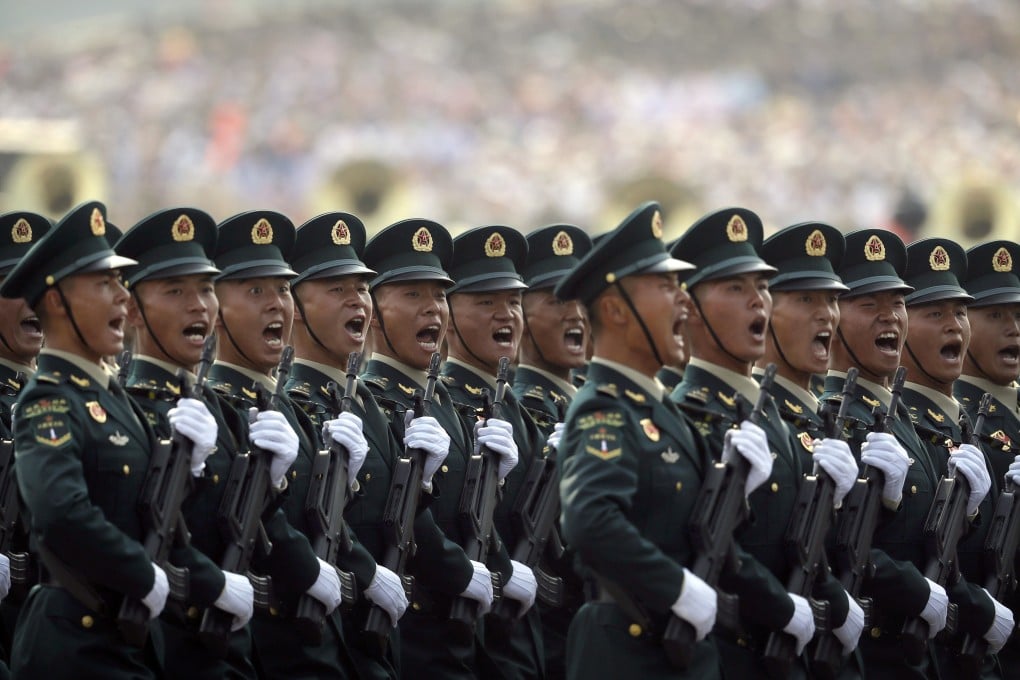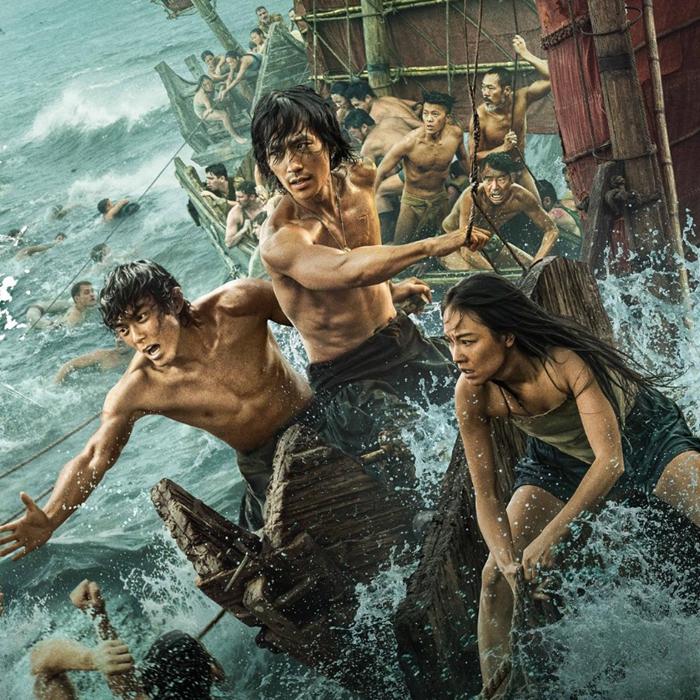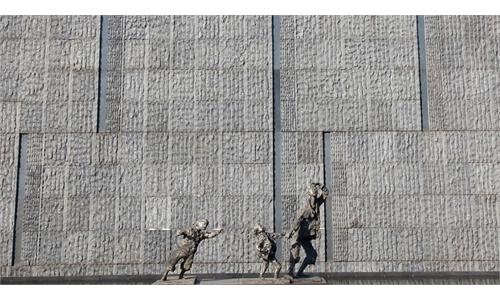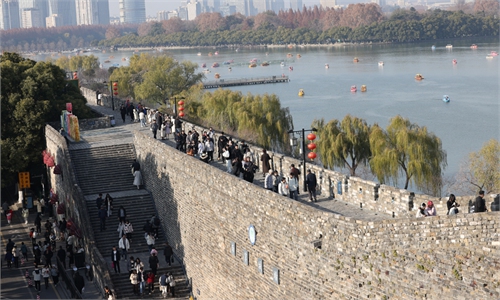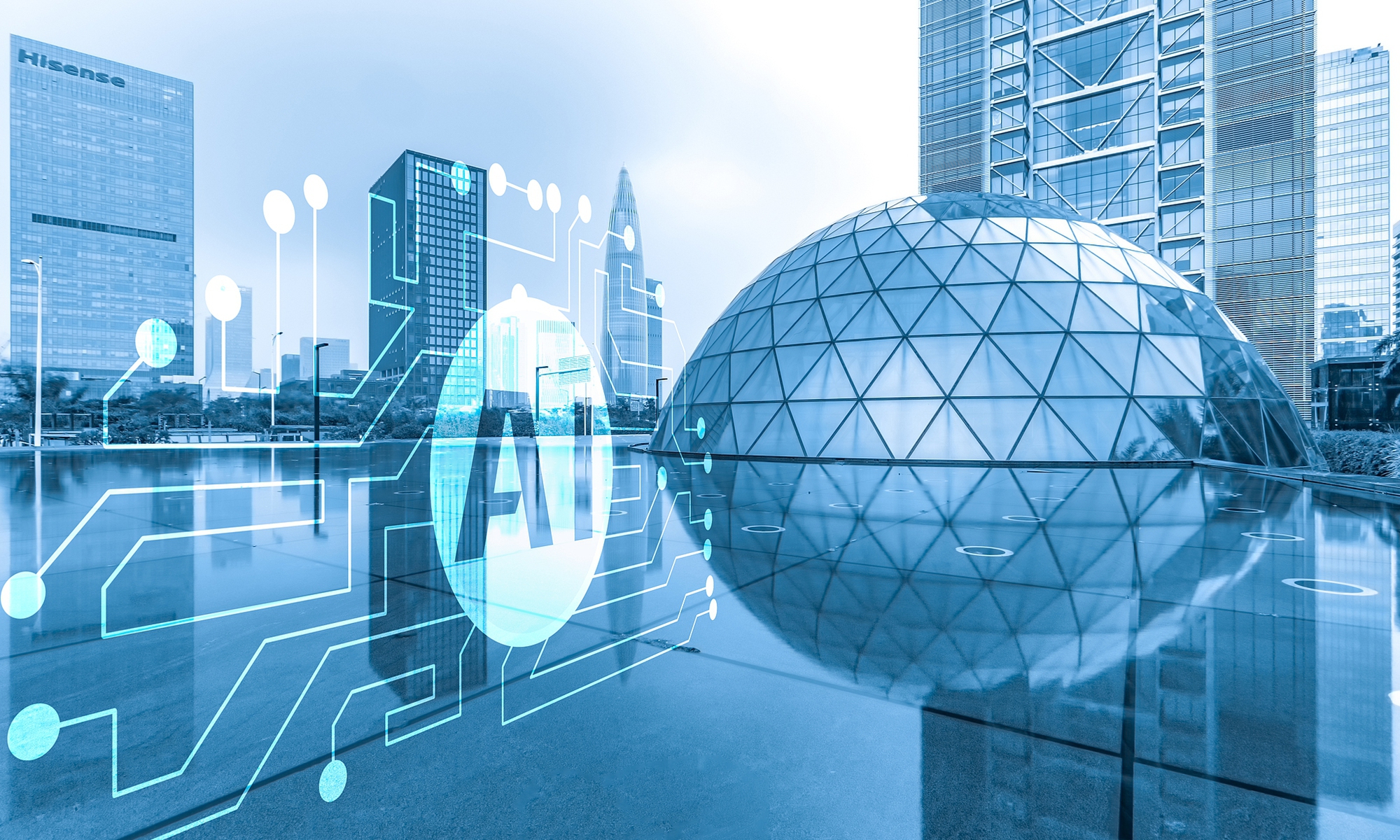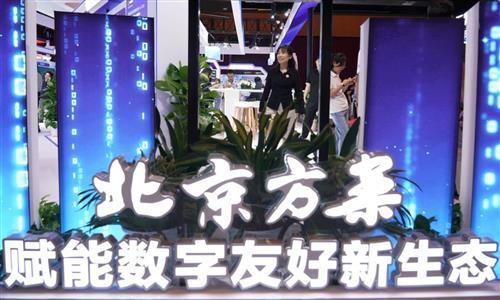Leaders from Indonesia, Malaysia, Vietnam, Cambodia, Laos and Myanmar are expected to attend next month’s Victory Day event in Beijing
Many countries are said to be sending more senior delegations than they did a decade ago, when the first such parade was held.
Explainer | China will bring out the big guns for its military parade. What’s it all about?
Why hold a parade?
The PLA has not fought a war since the 1990s and its military parades since then have served as a demonstration of the PLA’s prowess and determination.
Fewer parades took place when Xi’s predecessors Jiang Zemin and Hu Jintao were in office. One was staged in 1999 when Jiang was in power and another in 2009 when Hu was president, both in Tiananmen Square. Naval parades were also held in the Yellow Sea to mark PLA Navy anniversaries in 1995 and 2009.
In recent years, these parades have reflected a fundamental shift in China’s defence strategy and foreign policy – from “keeping a low profile and biding time” to “proactively striving for accomplishments” – and they come as geopolitical rivalry has intensified, especially with the United States.
Tensions have escalated in recent years over these hotspots as China – now militarily and economically stronger – has taken a more assertive stance while the United States backs its rivals.
Against this backdrop, the PLA has been flexing its military muscle more regularly, including with war games such as live-fire exercises in key areas that are aimed at deterrence and pushing forward its modernisation programme, and with large-scale parades to show its power and resolve.
Play https://youtu.be/Ayi8ddu_eZg
Why September 3?
For 60 years, from 1949 when the People’s Republic of China was founded until 2009, the PLA only staged big military parades on National Day, October 1.
A decade on, China will hold its second Victory Day parade this September.
Beijing is also seeking to reshape the narrative around World War II, for example by shifting the starting point of the war to the Mukden Incident in 1931 instead of the 1937 battle at the Marco Polo Bridge, adding six years to the Chinese people’s war against the Japanese.
In doing so, it is trying to emphasise China’s sacrifice and contribution to the fight against fascism in Asia and to position itself as a defender of the post-war order.
The 2015 Victory Day parade reflected this narrative, highlighting the 1931-37 resistance in Manchuria by the party’s Northeast Anti-Japanese United Army.
In what was seen as a “united front” against Taiwan independence, the parade was attended by war veterans from both the Communist Party and the Kuomintang. The KMT ruled China at the time of the Japanese surrender but was later defeated by the Communists in the 1945-49 civil war and fled to Taiwan, where it was the governing party.
Similar arrangements are expected to be in place this year.
https://youtu.be/b_L_QrDhgqM Play
What to expect
From fighter jets to hypersonic missiles, the PLA has a raft of new equipment that could go on public display for the first time at this year’s parade.
That includes the Shenyang J-35, the second model of the air force’s fifth-generation stealth fighter, and the J-20A, an upgraded J-20 stealth fighter powered by Chinese-made WS-10C engines.
Both aircraft are expected to fly over Tiananmen Square during the parade, alongside other upgraded warplanes such as new Y-20 variants the Y-20B transport aircraft with WS-20 engines and the YY-20 aerial refuelling tanker, and the KJ-3000 early warning and control aircraft.
New types of drones are also expected to be unveiled during the parade.
But the two types of sixth-generation fighters under development are unlikely to take part, given that parades usually show equipment already or almost in service.
While the navy’s newest additions – including the Fujian aircraft carrier, new guided-missile destroyers, amphibious assault ships and submarines – will not be part of the spectacle, its latest ship-borne aircraft could make an appearance.
They include the J-15T and J-35 fighter jets that have been modified for catapult launch, the KJ-600 early warning and control aircraft for the Fujian, and various ship-based drones.
The navy’s nuclear-capable submarine-based JL-3 ballistic missile and the YJ-21 hypersonic anti-ship missile could also be rolled out on launchers.
Meanwhile, the PLA Rocket Force is expected to showcase some of its new generation of strategic missiles, such as the DF-5C intercontinental ballistic missile which can carry multiple independently targetable nuclear warheads in one single missile, and the DF-27 hypersonic missile.
The PLA Ground Force has embraced the era of drone warfare and some of its latest equipment – from robotic dogs to unmanned ground vehicles and anti-drone systems – is also likely to be part of the parade along with traditional weapons.


